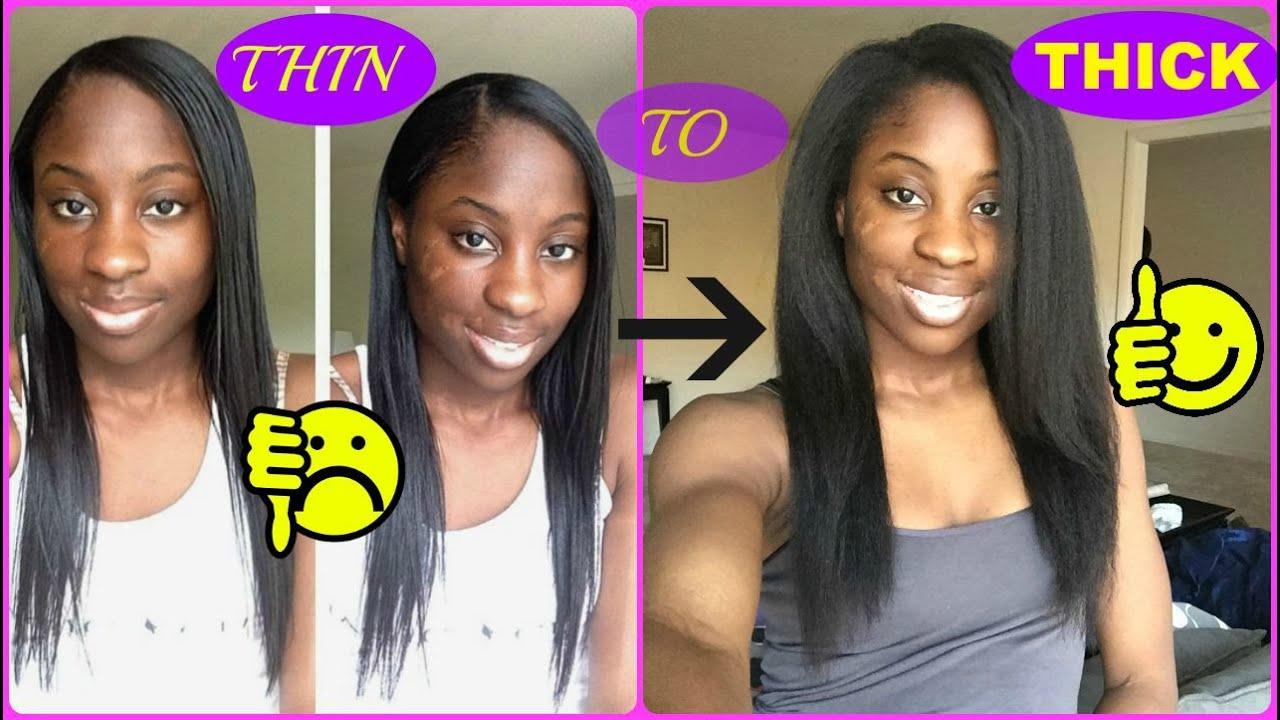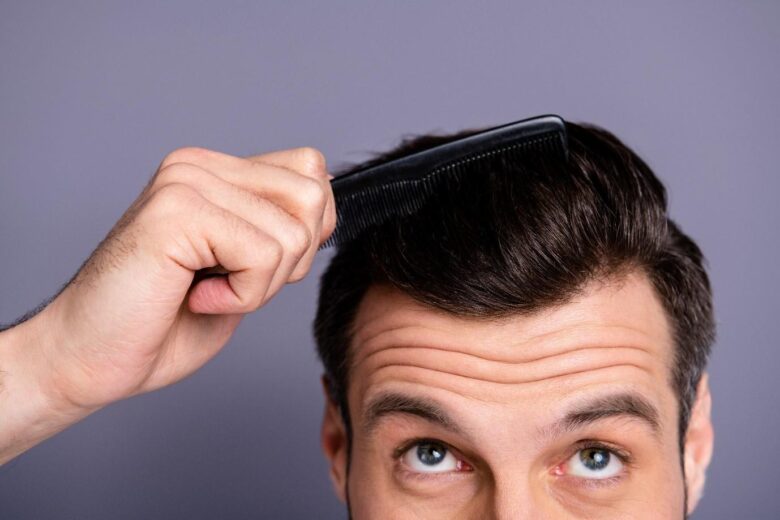
How to Achieve Thicker Hair for Men Over 40
As men reach the age of 40, they often begin to notice changes in their hair texture and thickness. Hair loss, thinning hair, and bald spots can become common concerns. However, achieving thicker hair is possible with a combination of proper care, dietary changes, and effective grooming techniques. In this comprehensive guide, we will explore various methods to help men over 40 regain fullness and luster in their hair.
Understanding the Causes of Thinning Hair
Before diving into solutions, it’s essential to understand why hair thinning occurs, especially in men over 40. Common causes include:
- Genetics: Hereditary pattern baldness is one of the leading causes of hair loss.
- Hormonal Changes: Changes in testosterone levels can affect hair growth.
- Stress: High stress levels can trigger hair loss.
- Poor Nutrition: A diet lacking essential nutrients can impact hair health.
- Health Conditions: Issues like thyroid disorders and alopecia can contribute to thinning hair.
Benefits of Thicker Hair for Men Over 40
Having thicker hair can significantly enhance a man’s appearance and confidence. Here are some benefits of achieving thicker hair:
- Improved Self-Esteem: Thicker hair can boost confidence and self-image.
- Younger Appearance: Fuller hair often gives a more youthful look.
- Style Versatility: Thicker hair allows for a wider range of styling options.
Practical Tips for Thicker Hair
Here are some actionable tips and strategies to help men over 40 achieve thicker hair:
1. Nutrition and Diet
A balanced diet rich in vitamins and nutrients is crucial for hair health. Consider adding the following foods to your diet:
| Food | Nutrients for Hair |
|---|---|
| Salmon | Omega-3 Fatty Acids, Protein, Vitamin D |
| Spinach | Iron, Vitamins A and C, Folate |
| Eggs | Biotin, Zinc, Protein |
| Nuts | Healthy Fats, Zinc |
| Sweet Potatoes | Beta-Carotene |
2. Hair Care Routine
Incorporating a balanced hair care routine is vital. Here’s what to include:
- Gentle Shampoo: Use sulfate-free shampoos to avoid stripping hair of its natural oils.
- Condition Regularly: Use a moisturizing conditioner to hydrate your hair.
- Scalp Massage: Regular scalp massages can increase blood flow to hair follicles.
3. Hair Growth Products
Consider using products specifically designed for hair thickening:
- Minoxidil: Clinically proven to promote hair growth in men.
- Hair Thickening Fibers: These can provide an immediate appearance of thicker hair.
- Essential Oils: Oils like rosemary and peppermint are believed to promote hair growth.
4. Regular Exercise
Maintaining a regular exercise routine can significantly reduce stress and promote overall health, indirectly benefiting hair growth:
- Cardiovascular exercises like walking, jogging, or cycling help improve circulation.
- Yoga and meditation can alleviate stress, which may otherwise lead to hair loss.
5. Professional Treatments
For more persistent issues, consider seeking professional help. Options include:
- Hair Transplantation: A surgical method to redistribute hair follicles.
- Platelet-Rich Plasma (PRP): A treatment that may promote hair growth using the patient’s own blood.
Personal Experience: A Case Study
John, a 45-year-old man, started noticing thinning hair around his crown. After a visit to a dermatologist, he learned about the importance of combining dietary changes with a robust hair care regimen. He incorporated salmon and spinach into his meals, switched to a gentle shampoo, and began using minoxidil. Within six months, John noticed significant improvement in hair thickness and overall volume.
Conclusion
Achieving thicker hair after 40 is a realistic goal for many men. By understanding the causes of hair loss, making dietary adjustments, following a diligent hair care routine, and considering professional treatments when necessary, men can enhance their hair health and regain confidence. Remember, consistency is key—implement these strategies into your daily routine and embrace the journey toward a fuller head of hair.
For more personalized advice, consider consulting a dermatologist or a trichologist to tailor a plan suited for your specific hair needs.










